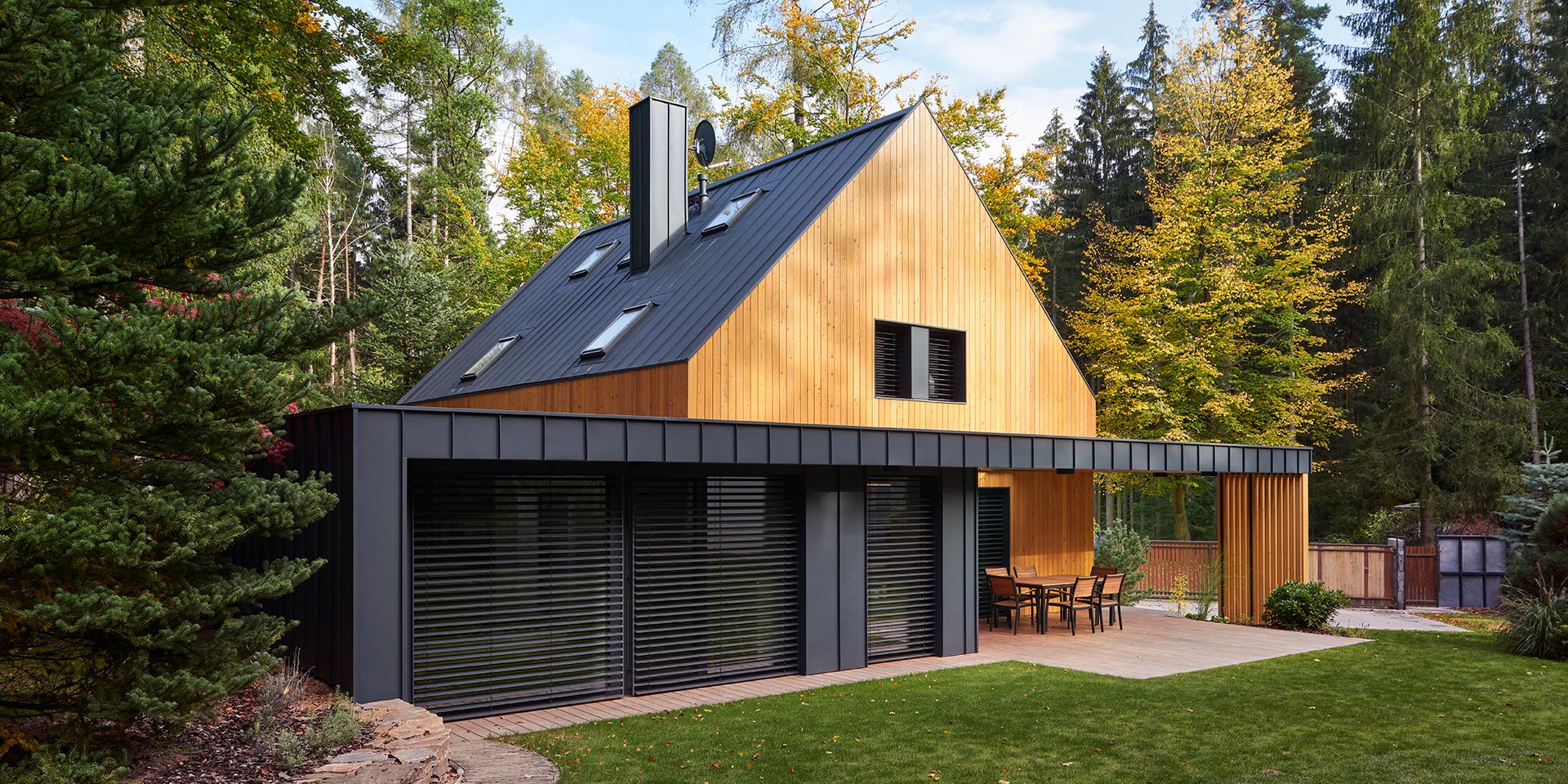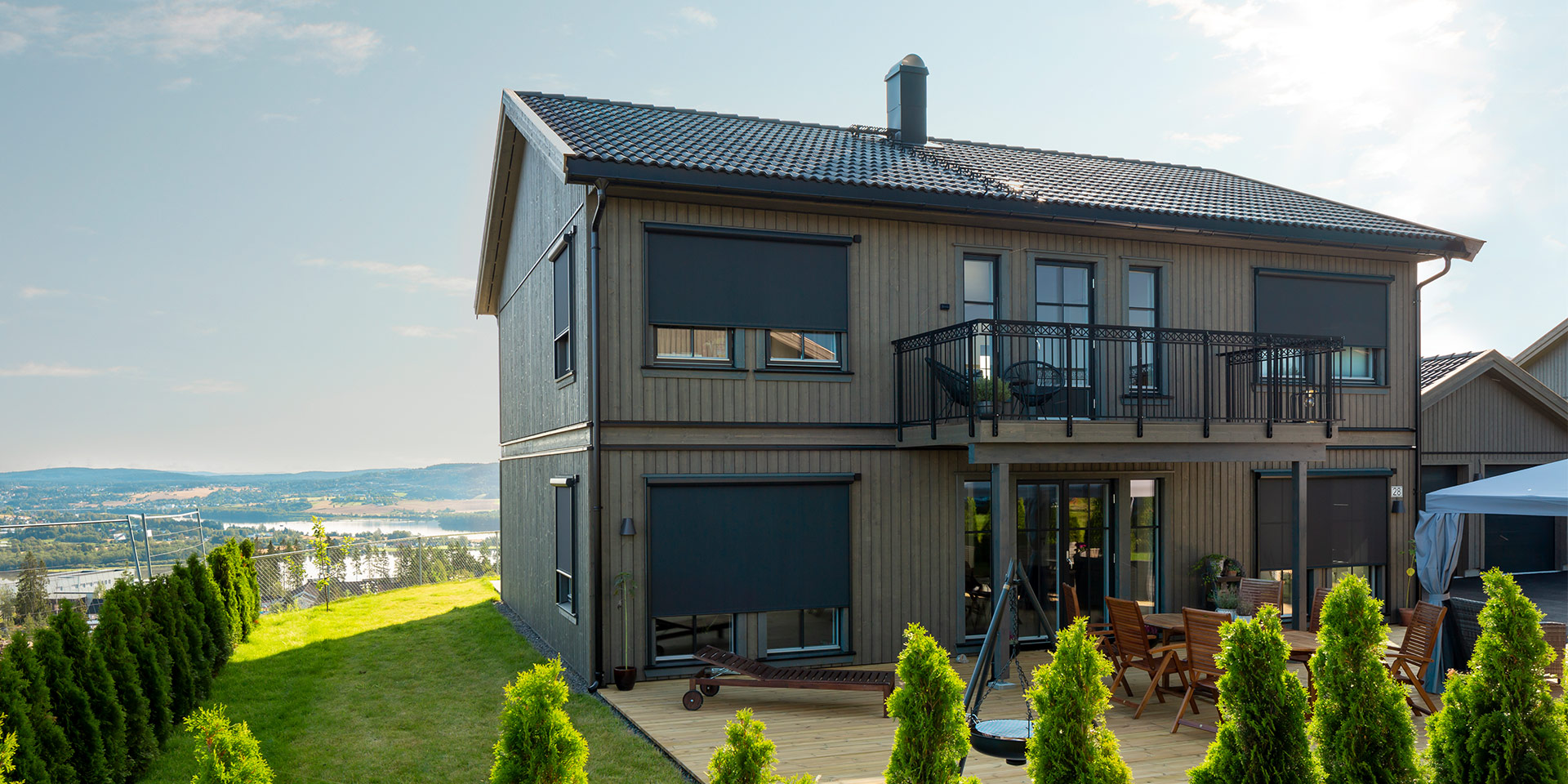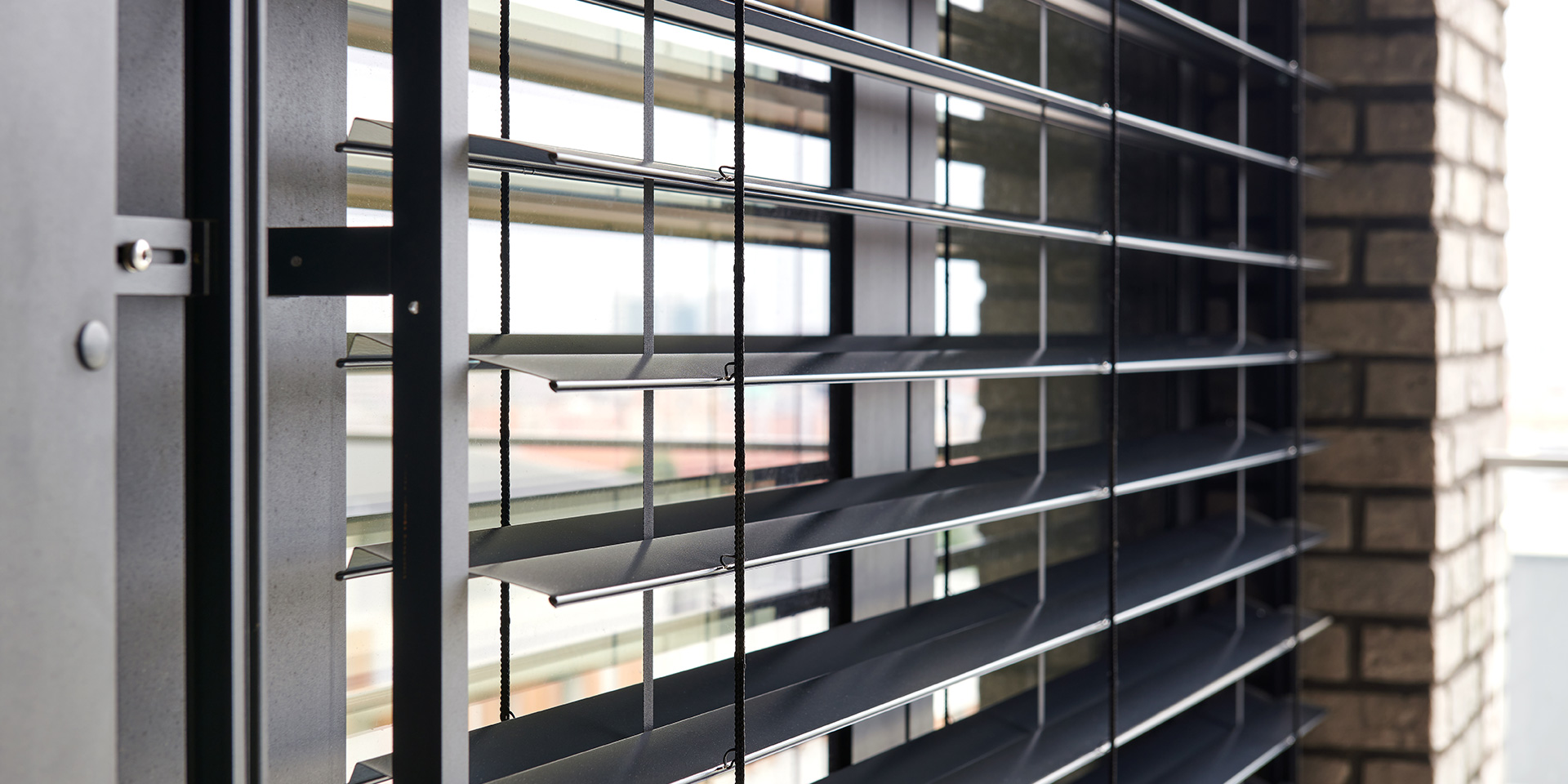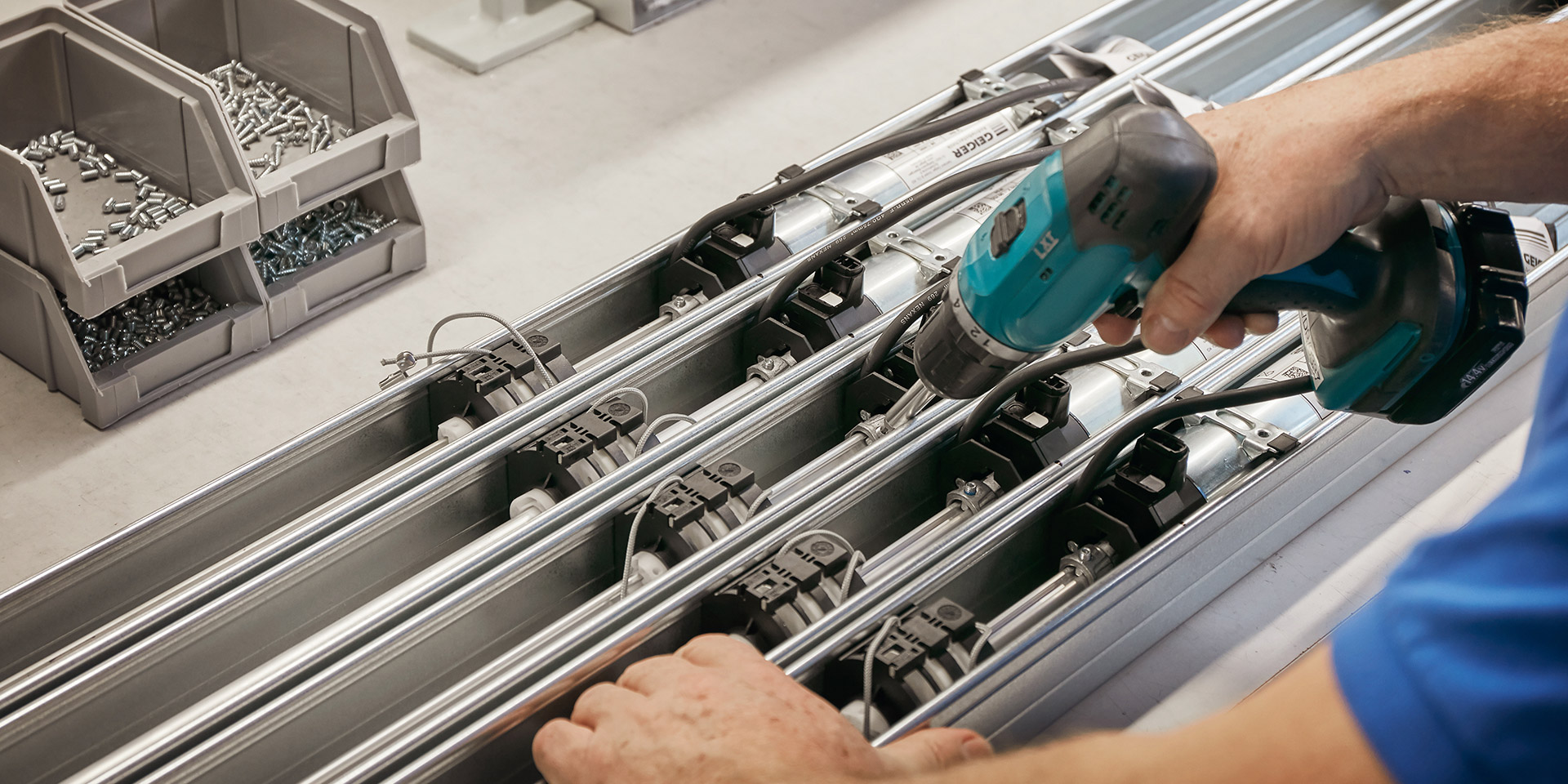Passive house cooling: what it is and why you should care about it
As the average air temperature in Europe continues to rise, house owners more and more have to deal with house cooling. A lot of people are turning to air-conditioning, but that consumes a lot of electrical power that is rapidly becoming more expensive. House cooling does not need to be so expensive if you do not let the heat in at all.

Shading technology reduces energy consumption for cooling
The Intergovernmental Panel on Climate Change (IPCC) reports that by 2050, the average number of days per year on which buildings in Europe will need cooling will increase by approx. 30%. Due to global warming, air-conditioners have been the appliances with the fastest growing electricity consumption in recent years and are among the most power-hungry appliances in the home during summer days. And this is becoming a big problem, especially due to rising energy prices.
The cost of running air-conditioning can be reduced by passive house cooling. According to a study by Guidehouse, a management consultancy provider, external shading is a key element in preventing buildings from overheating and reducing energy costs. By installing external shading technology — i.e. external window blinds or roller shutters — the need for air-conditioning in Europe could be reduced by approx. 60% in 2050.
A house that does not overheat does not need cooling
Air-conditioning is used to cool and move air inside the house. However, if the building is designed in such a way that the heat does not get into the rooms at all, the temperature can be kept within comfortable limits even without an air-conditioner.
In addition to installing external shading, you can take inspiration from proven methods for passive or low-energy houses. In general, the main objective thereof is to minimise the thermal effects of air exchange between the interior and exterior.
- House layout and orientation
The architect should design the house with the understanding that the simpler the shape, the fewer opportunities for heat to escape. The ideal shape of the house is, therefore, a square one. Houses set into a slope are very effective.
We also recommend that the rooms where you sleep face north. On the other hand, large windows in the living room are often placed facing the south where the light shines the most, to keep it bright and warm, especially in winter. Therefore, external shading is an integral part of their design. If you draw external blinds or roller shutters down in summer, you can cool the room by several degrees Celsius.
- Airtightness of the house envelope
The “blower-door test” assesses the energy performance of buildings (you need to pass it, for example, when applying for a subsidy for a new building). You can ensure airtightness with high-quality and well-insulated masonry, roof insulation, insulating glass in windows (ideally triple glazing) and high-quality doors.
- Other apparently minor measures to prevent overheating of the house
- Plenty of grass and trees around the house,
- green roof or light roof colour,
- light façade,
- a water body near the house that will humidify the air on hot days.
Ventilate only at night
To maintain a comfortable temperature in the summer heat, try the night ventilation technique. If the temperature is no more than 18 degrees at night, open the windows wide and cool the house down. Close the windows again first thing in the morning and close the blinds or roller shutters. If you get solar sensors and connect the shading to a smart home system, the process will be more reliable.
If you want to save even more money on cooling your home, get external shading with solar-powered motors.
Read how to choose shading for passive and low-energy houses »
What the law says: the energy performance requirements for buildings have been tightened since 2022
1 January 2022 is the effective date of the amended Decree No. 264/2020 Coll. which requires energy-saving measures for new buildings using renewable resources and efficient technologies. The ideal is Nearly Zero Energy Buildings, or nZEBs. Energy consumption should be approximately 75 kWh/m2 per year, with no heat loss
The Decree builds upon a more comprehensive approach to energy consumption — houses that are inappropriately oriented in the terrain or have a layout that does not meet the required values will have to make up for this handicap by applying technical measures to comply with the Decree. In addition to external shading, these include heat recovery, heat pumps or photovoltaic systems, for which you can also get a subsidy under the New Green Savings Programme.



